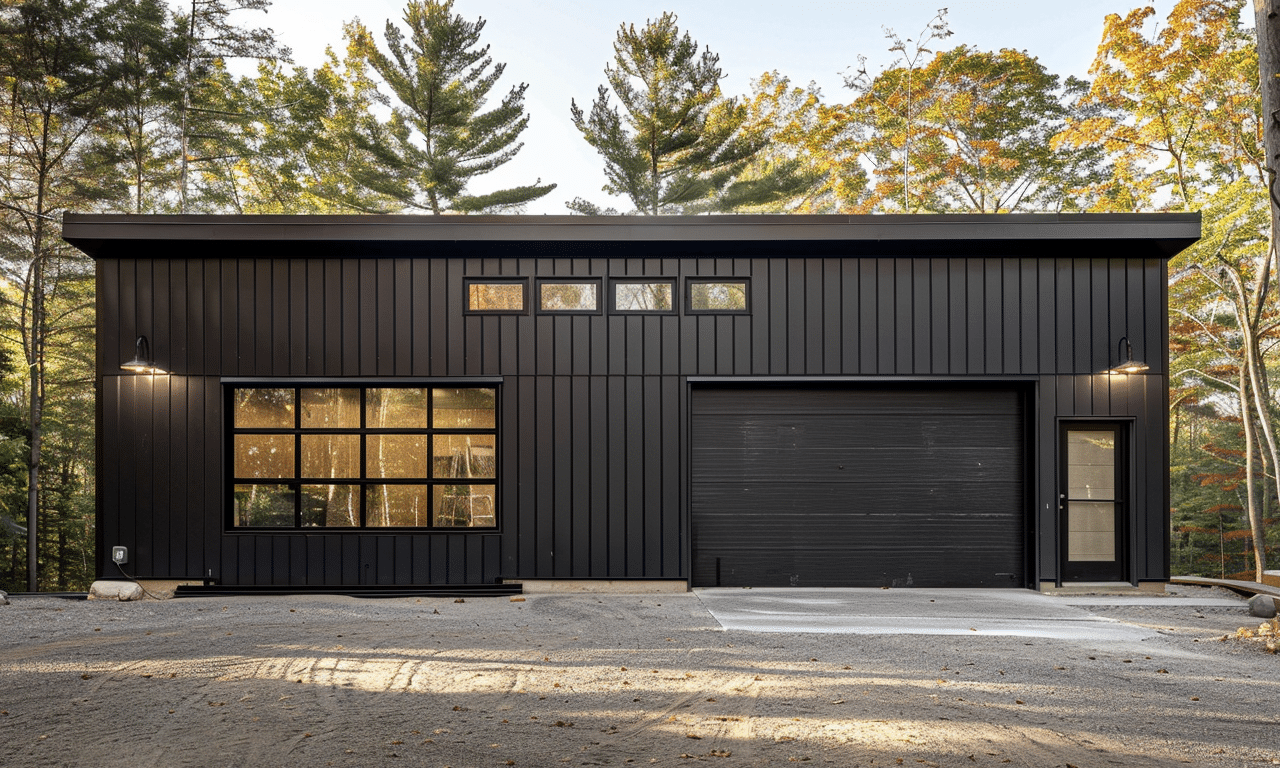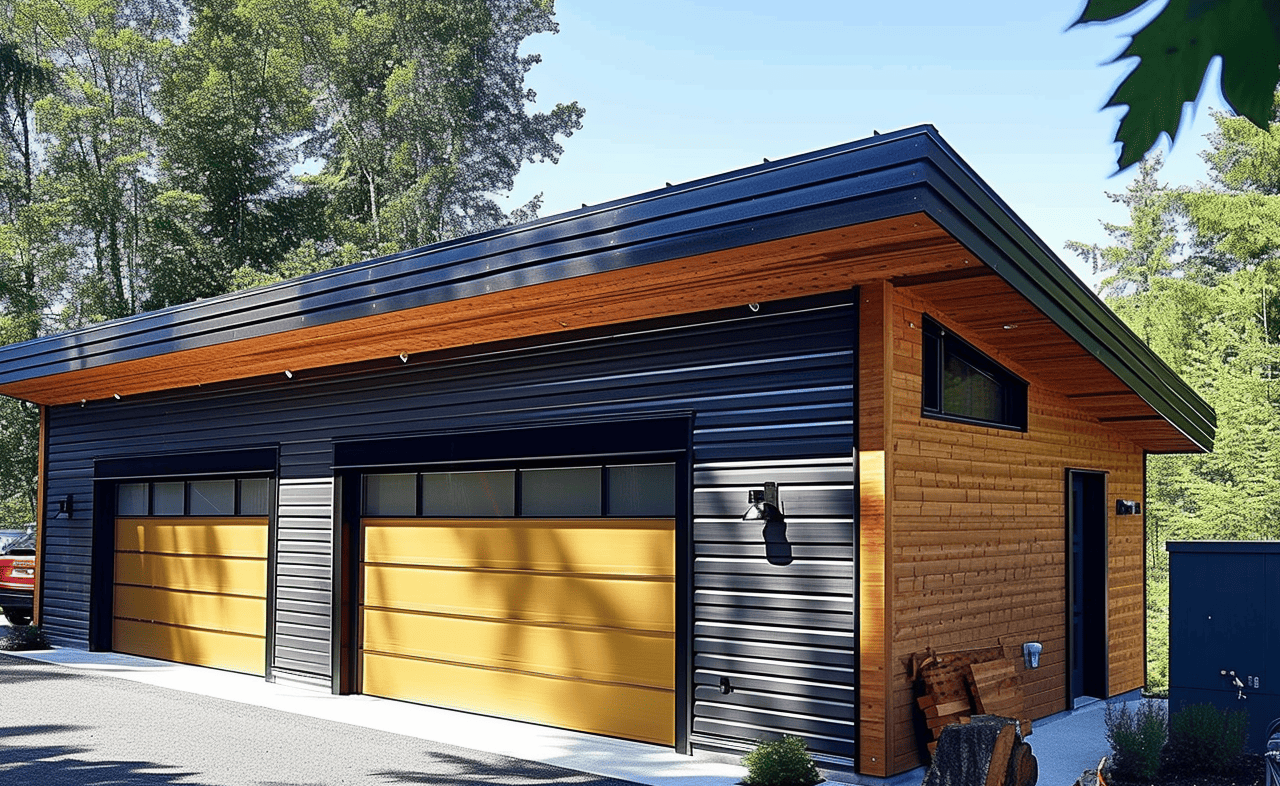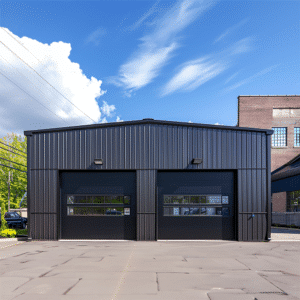Capturing the natural glow of the morning sun and harnessing it to create a warm, inviting atmosphere in your home is an artful practice that brings both beauty and sustainability into living spaces. Maximizing natural light in your home design is not only a delightful way to illuminate your rooms, but it is also a clever strategy to enhance well-being and reduce energy costs. As we unravel this luminous journey, we’ll explore how effectively leveraging natural light can transform your living space into a beacon of artistry and warmth.
The Importance of Natural Light in Home Design
Have you ever entered a sunlit room and immediately felt uplifted? That’s the magic of natural light. It’s been proven that exposure to natural light can improve mood, enhance productivity, and even regulate sleeping patterns. More than just aesthetics, natural light is a vital component of sustainable architecture, reducing the need for artificial lighting and promoting energy efficiency. Many architects and designers, such as those featured on Architectural Digest, emphasize the role of natural light in crafting spaces that feel alive and connected to the outdoor world.
Design Strategies to Maximize Natural Light
Incorporating natural light in home design is more than just adding windows. It involves strategic placement, thoughtful architectural planning, and sometimes even structural modifications. Here are some effective strategies:
1. **Orientation and Layout**: Position common areas like living rooms or kitchens on the south or southwest sides of the home to capture the most sunlight throughout the day. This orientation will flood these high-use spaces with warmth and light.
2. **Ceiling Height and Skylights**: Higher ceilings and the use of skylights allow light to penetrate deeper into your home, creating an airy feel that standard windows cannot achieve.
3. **Use of Materials**: Reflective surfaces like mirrors or glossy finishes can bounce light around the room, making spaces feel brighter and more expansive. Glass doors and walls are excellent for allowing light to pass freely between spaces.
4. **Steel Building Design**: Opting for a building framework that accommodates large windows and open floor plans can be especially useful. Steel framing, for example, offers the flexibility and strength needed to support expansive glass installations. For more details about how this can be woven into your project, explore our Steel Building Design services.
The Role of Windows in Capturing Natural Light
Windows are the gateways for natural light to enter your dwelling. Choosing the right type and size of windows is crucial. Consider:
– **Floor-to-ceiling Windows**: These create a seamless continuity between indoors and outdoors, offering panoramic views while maximizing light entry.
– **Transom Windows**: Placed above doorways or windows, these bring in additional light without sacrificing privacy.
– **Bay and Bow Windows**: Protruding from the wall, these windows allow light from multiple directions, enhancing the entry of daylight.
Outdoor Spaces and Natural Light
Outdoor spaces like patios and verandas can also influence lighting within your home. Thoughtfully placed plantings and outdoor structures can shade interiors from harsh direct sunlight while preserving a soft glow indoors. Courtyards and atriums are excellent for channeling light into the home, fostering a unique connection to nature.
Balancing Costs with Benefits
While maximizing natural light is beneficial, it demands thoughtful consideration of cost. Windows and skylights can be a significant portion of a renovation budget. Resourceful management of these expenses is critical for successful execution. Refer to our Home renovation budgeting tips for comprehensive guidance on keeping your projects financially feasible.

Environmentally Conscious Decisions
Another benefit of harnessing natural light lies in its eco-friendly aspect. By consciously designing homes to maximize sunlight, you inherently reduce reliance on artificial lighting, thus decreasing overall energy consumption. Steel structures are particularly effective in this role, combining sustainability with modern architectural appeal. For more lighthouse-inspired ideas, consider reviewing our commercial steel buildings Ontario solutions.
Decor and Natural Lighting
Don’t underestimate decor’s power in influencing natural light. Light-coloured walls, minimalistic decor, and strategically-placed mirrors can amplify brightness, creating an illusion of larger, more inviting spaces. The use of translucent window coverings, instead of heavy drapes, can help maintain privacy without blocking out light.
Conclusion: The Artistry of Light
Blending natural light into your home design is like painting with a palette of sunshine — it’s dynamic, uplifting, and worth every effort. From the correct placement of windows to the savvy use of interior design, maximizing natural light can beautifully transform your living spaces. If you’re embarking on a renovation or building project, our team at Your Building Team can provide expert insights and architectural prowess to make your vision a reality, ensuring both the aesthetic and functional benefits of natural light are optimized. Let natural light guide the way to a brighter, more sustainable home.










